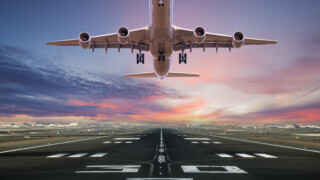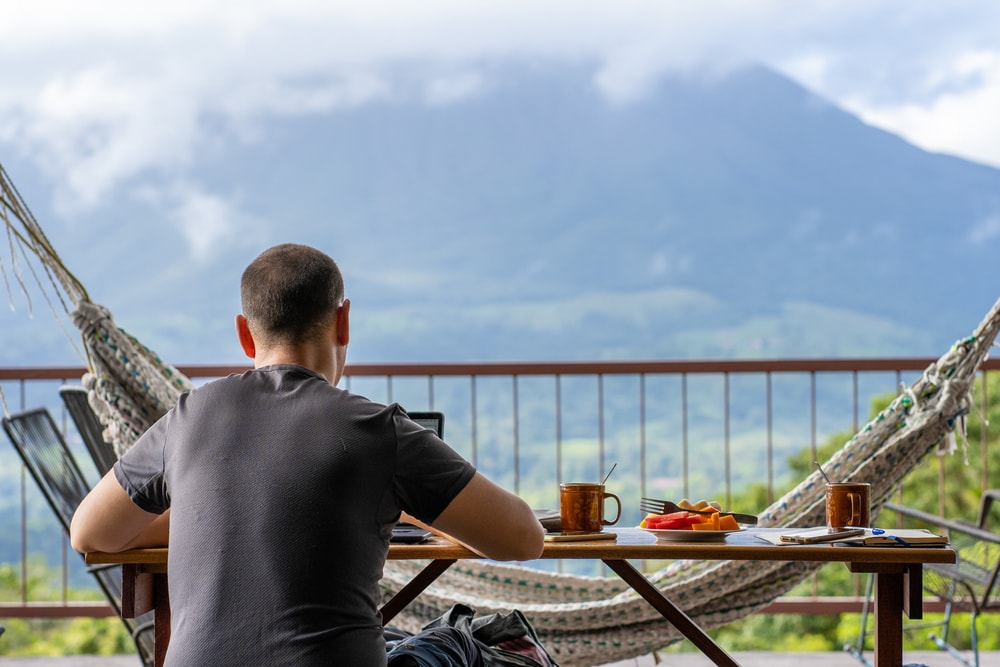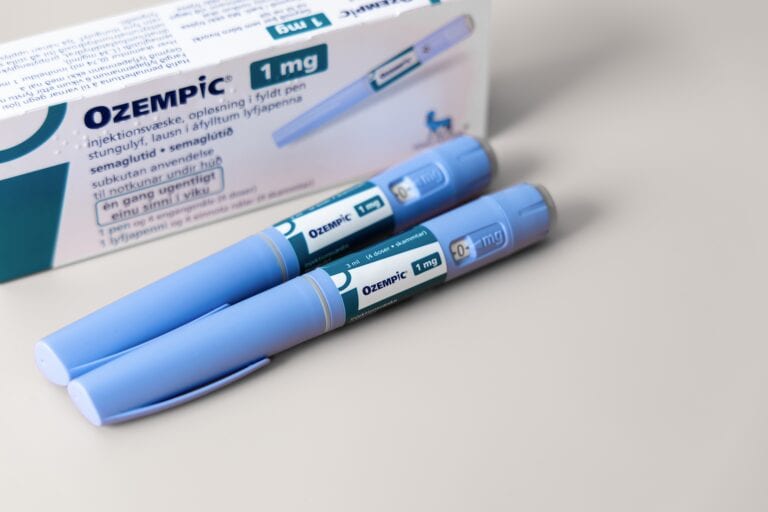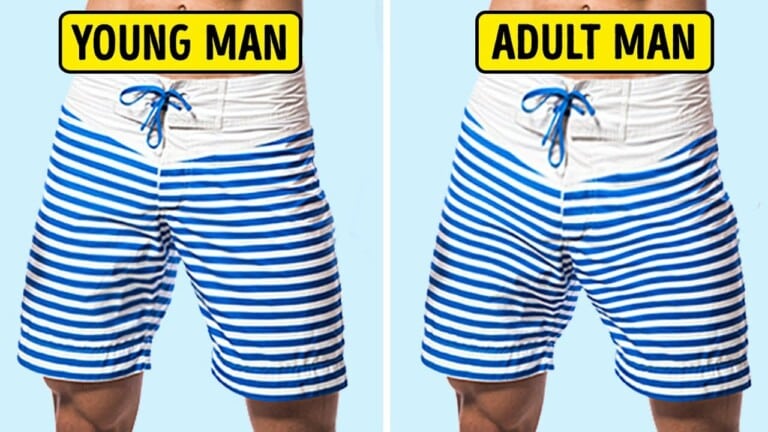Table of Contents
ToggleDoes Money Make The World Go Round?
Or so the song says and it really is true. Traveling has been a learning experience on SO many levels, and currency is one of them. The US dollar rules America, and the Euro rules MUCH of Europe, but not all. Converting dollars to euros is not much of a struggle since it is usually within about 15% of each other and uses similar coinage.
Croatia
It came as no surprise when I encountered kunas in Croatia, which we knew about since it is not REALLY part of Europe, even though it is in the EU. I know, confusing, right??
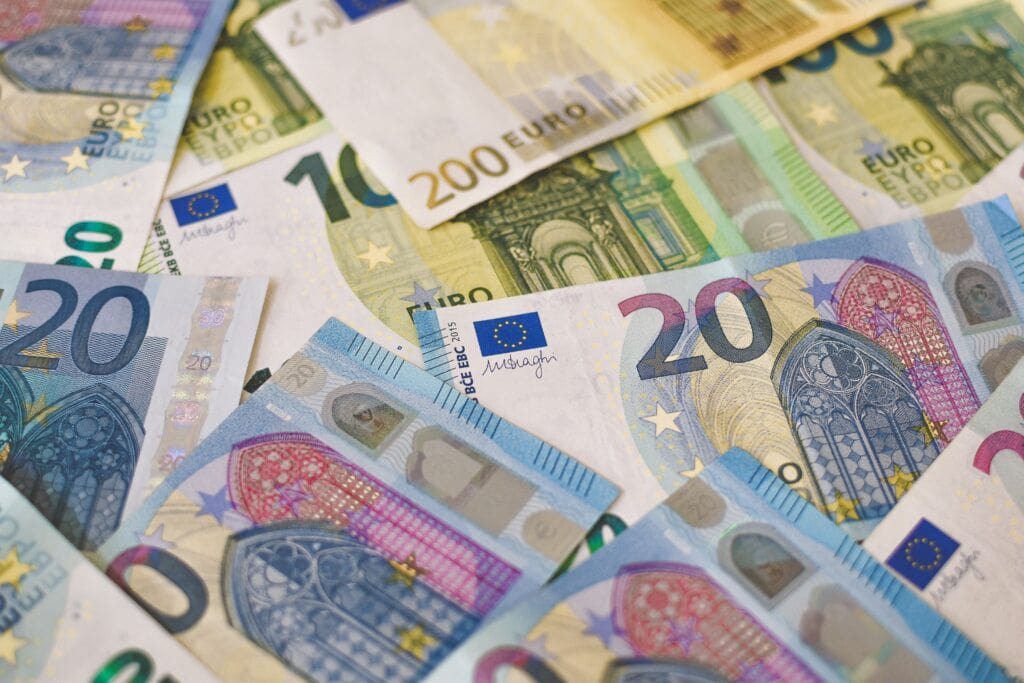
Hungary
When we left Croatia we went to Hungary, firmly planted in the EU, but yet they use forints as their currency. That involved exchanging some form of currency, either euros or dollars, for forints. Every time you do that, you lose money on commissions and conversions. We have a benchmark of certain food items to determine the strength of the exchange which includes a cup of coffee, a pastry, a beer and/ or wine, and spaghetti.
The Coffee Scale
Coffee is everywhere, but not all coffees are equal, which all coffee lovers understand. In Croatia “white coffee” was the thing we loved, which was usually 12 kunas, just under $2.00. In Hungary that same coffee was more expensive by about $1.00 and in Austria, which uses the euro, even worse, about $4.00! The Czech Republic was cheaper than Austria, but still about $3.50. And I THOUGHT beer would be cheaper than it was.
Austria And The Czech Republic
From Hungary, very reasonable when it comes to expenses, we went to Vienna, Austria and got sticker shocked. Our normal commodities, beer, wine and spaghetti, were all noticeably higher, as was the cost of our room. From Vienna it was on to the Czech Republic and another currency: the koruna, or crown as they call it.
The expenses here were between Hungary and Austria cost of goods, and the COINS were like carrying lead in your pocket! That’s one of the problems: coinage. Some are marked easy to identify, but not all. Many times I held my hand out with loose change and had the merchant take the right amount. Trust and faith, and I think they are honest about it.
What About Leftover Currency?
But what happens when you leave one country and have bills left over? It’s a balancing act since you usually need SOME money at the departing station, bus or train, and you usually need money at the arrival station. A fun fact: almost all “public bathrooms,” called WC, or water closets, involve payment. That can range from about $.50 to $1.00, so keep that in mind when you travel abroad. And not all “new” arrival stations accept currency from the country you left.
As a general rule it’s best and easiest to use ATM machines over here and get money direct from your US bank. But there are commissions and there are gouging and some of the commissions here run 10%. You pull out $500 and you pay $50 in fees/ commissions to the bank that controls the ATM. My home bank, Wells Fargo, charges $5.00 for each withdrawal, which is reasonable. Since I pay that $5.00 to Wells on any amount I usually get larger amounts in advance.
One Last Currency
Here we sit in Prague, Czech Republic, at a very nice lounge at the train station. We’re inside with AC, free coffee, access to food, etc…Sweet! Unfortunately, Poland uses the Zloty, so again we convert! Seems one zloty is about $.26, very similar to what we are leaving in the Czech Republic.
I hope this was eye opening for you, because it was for us!


